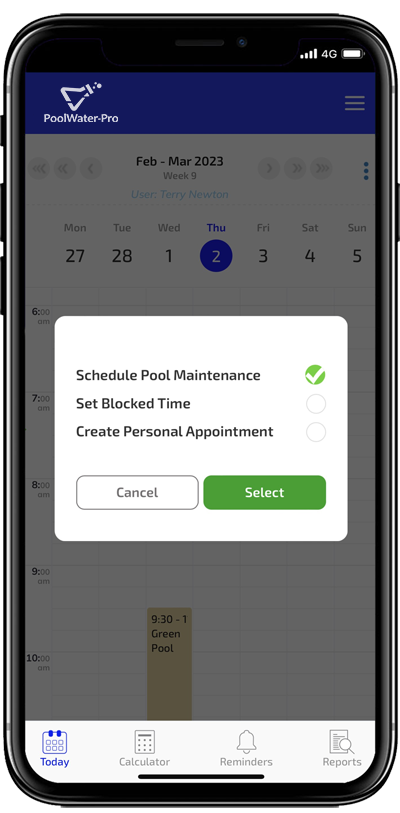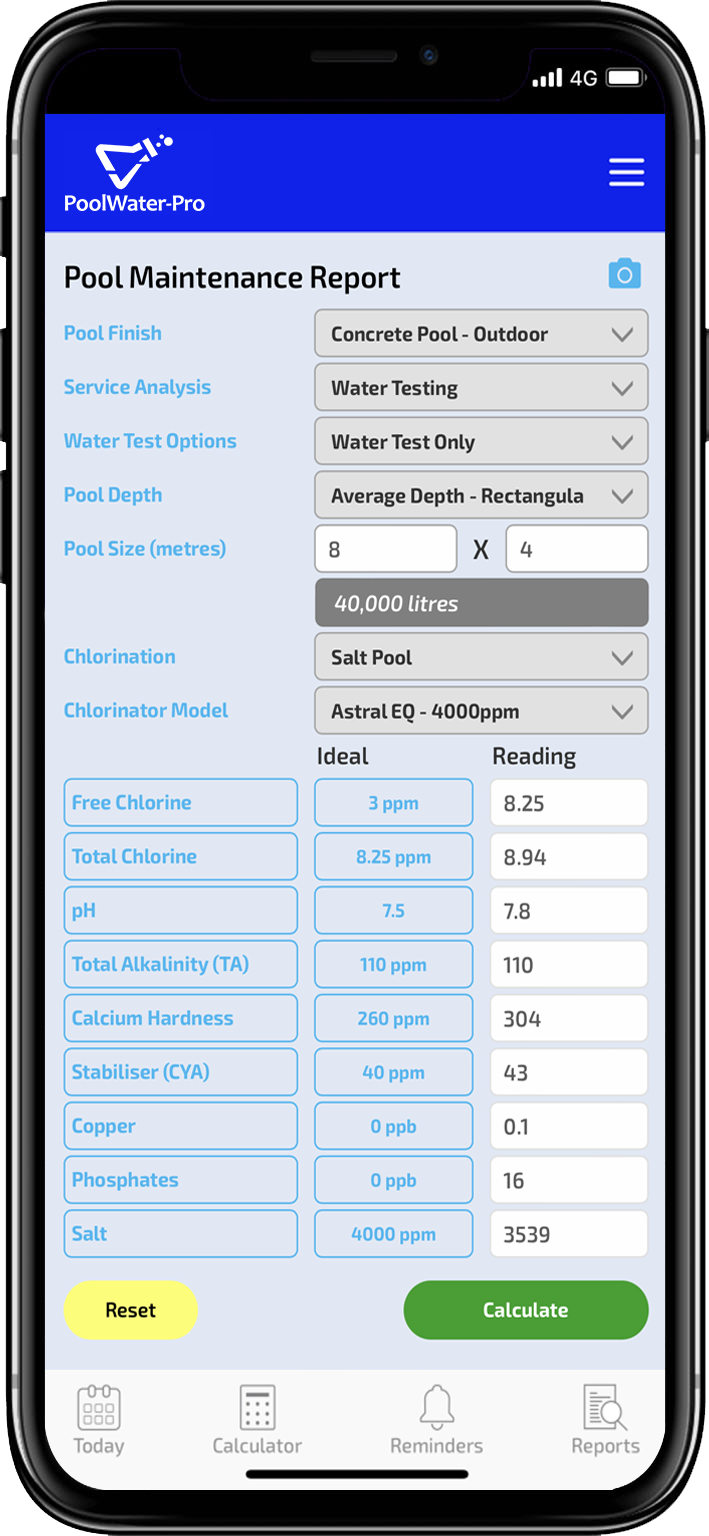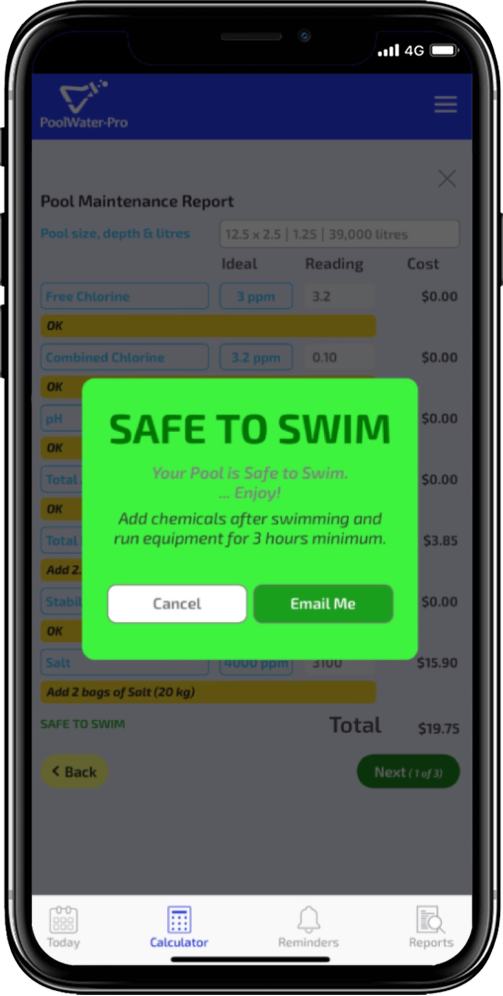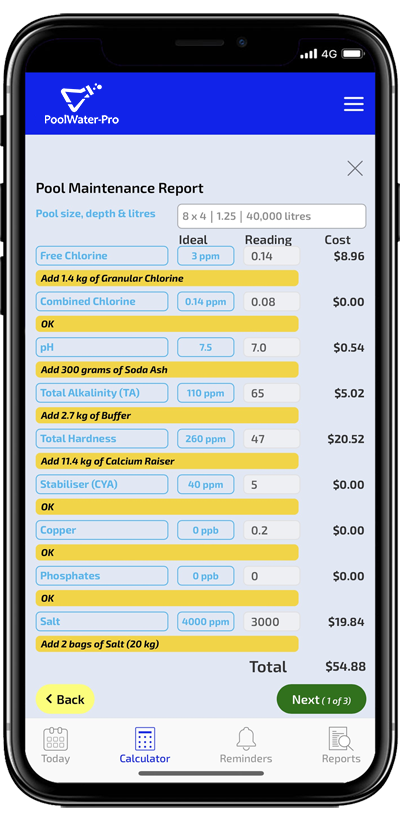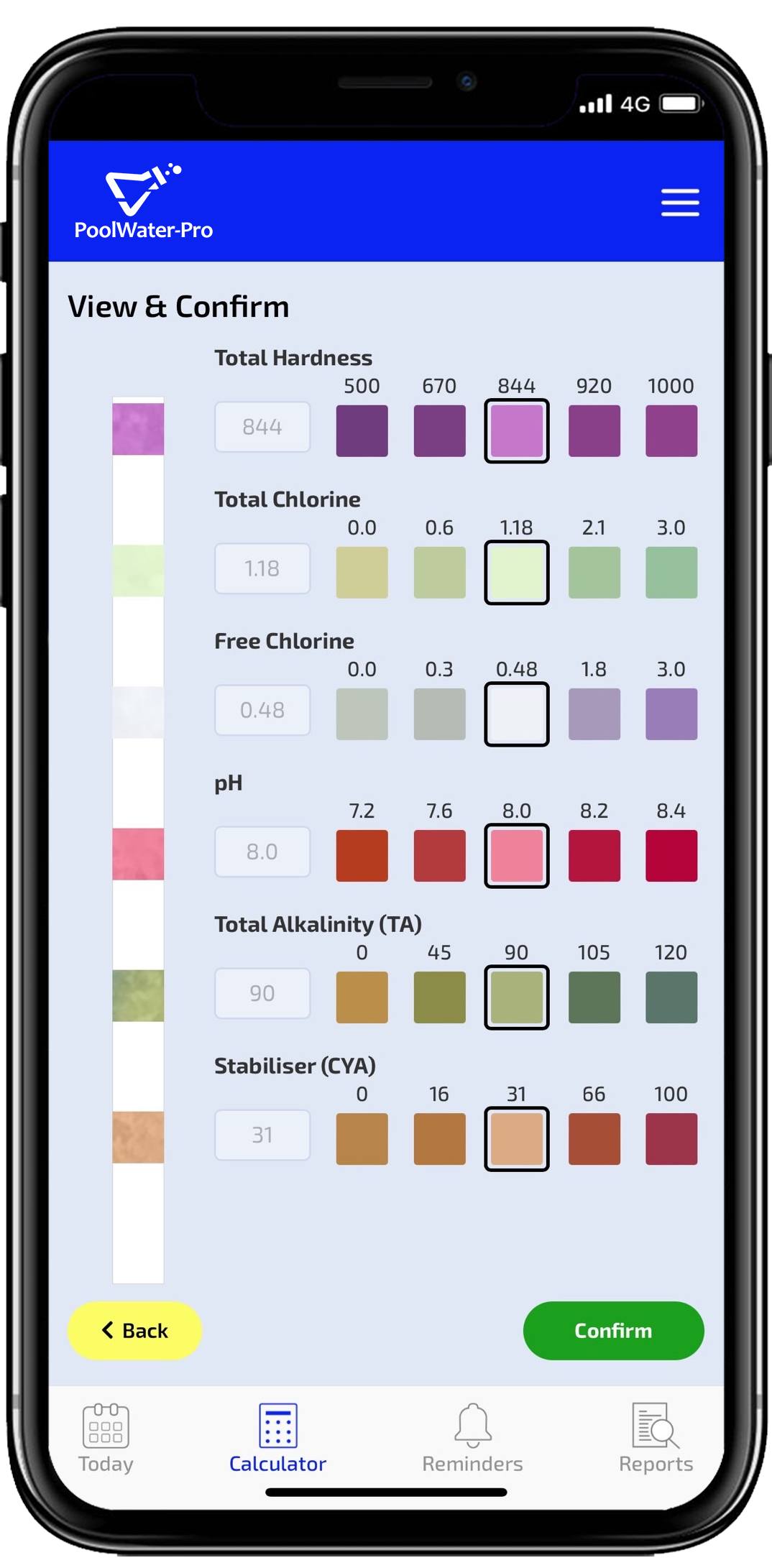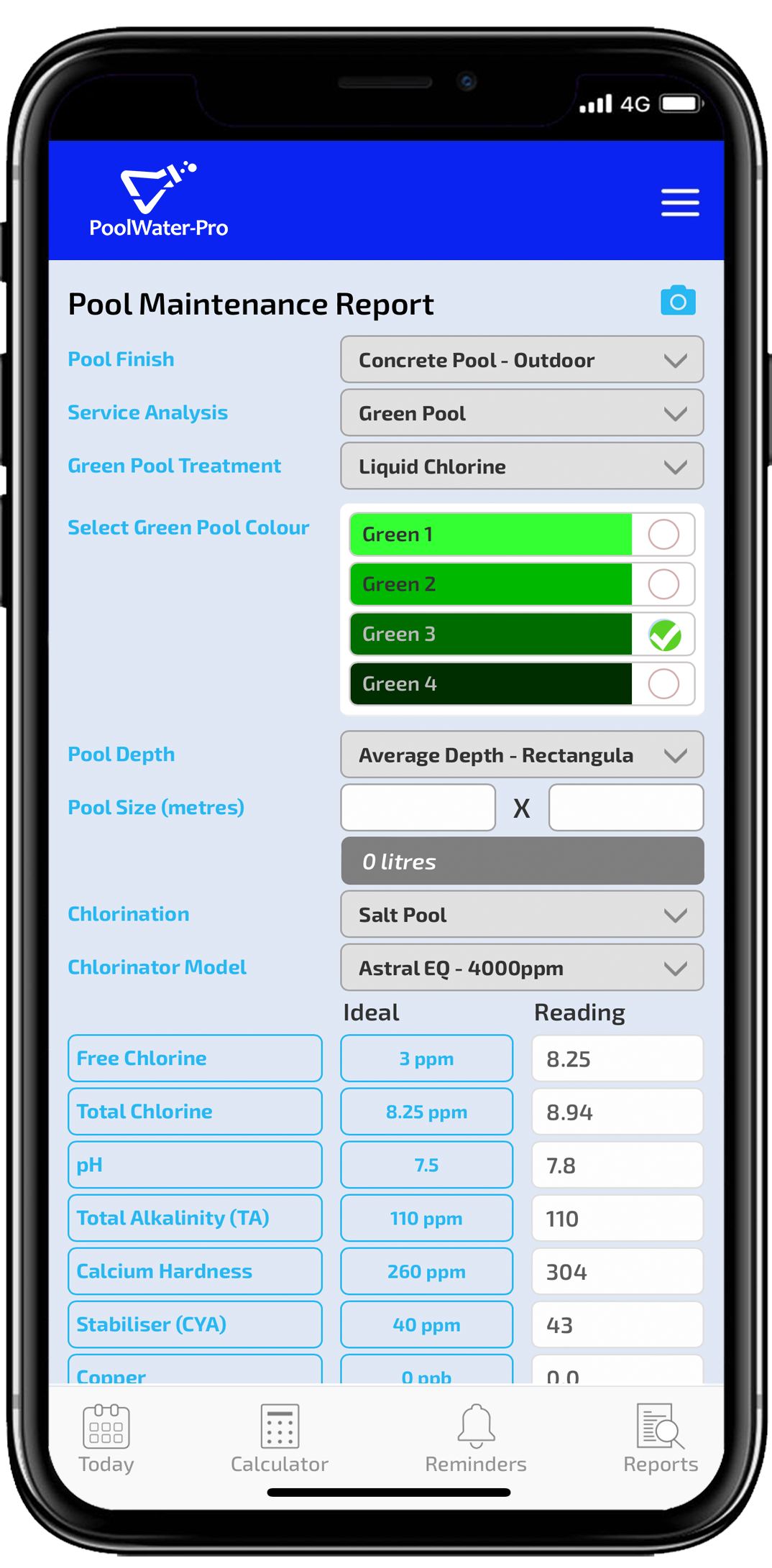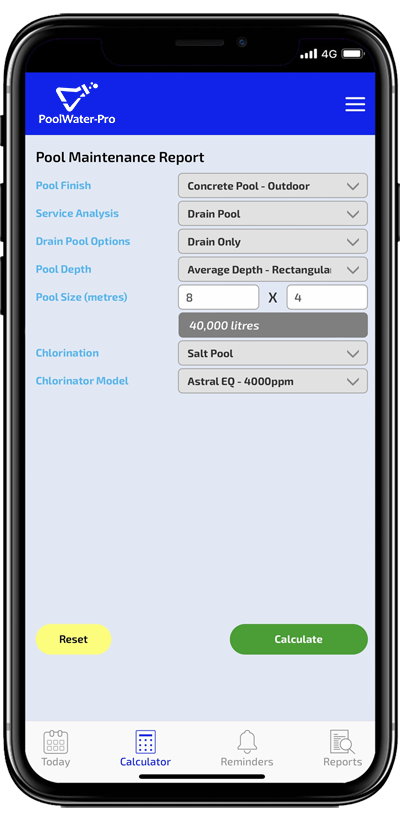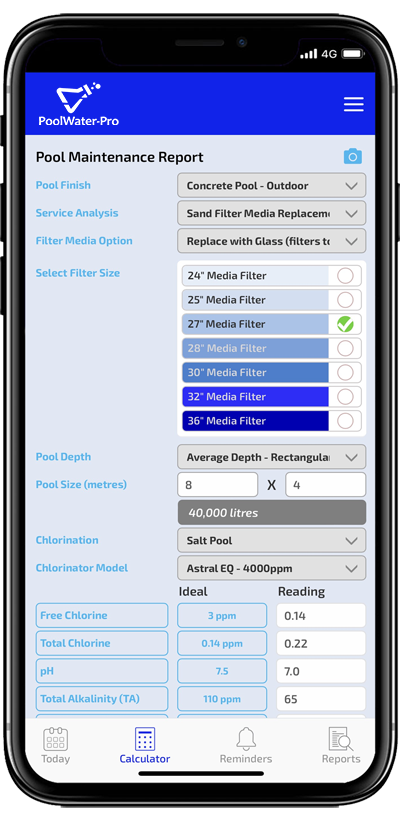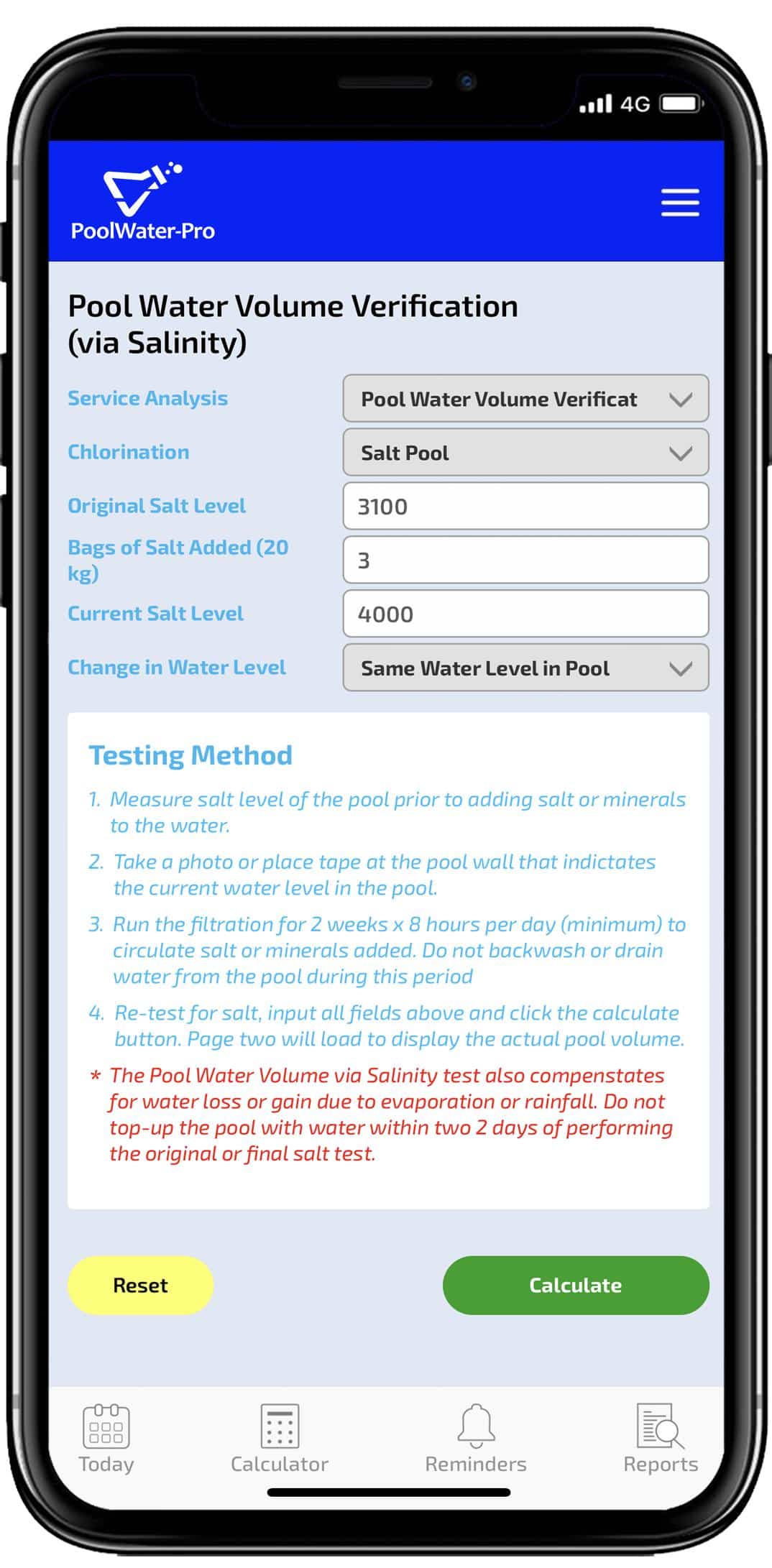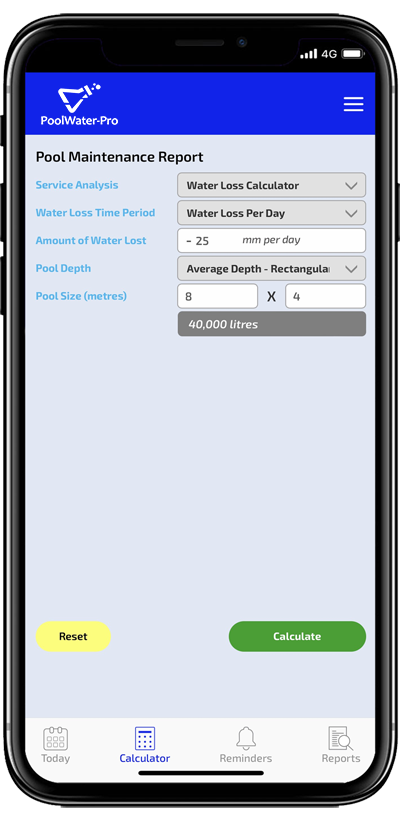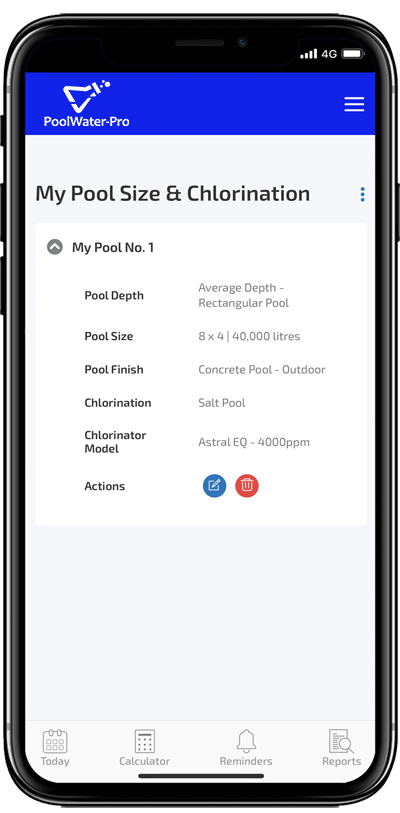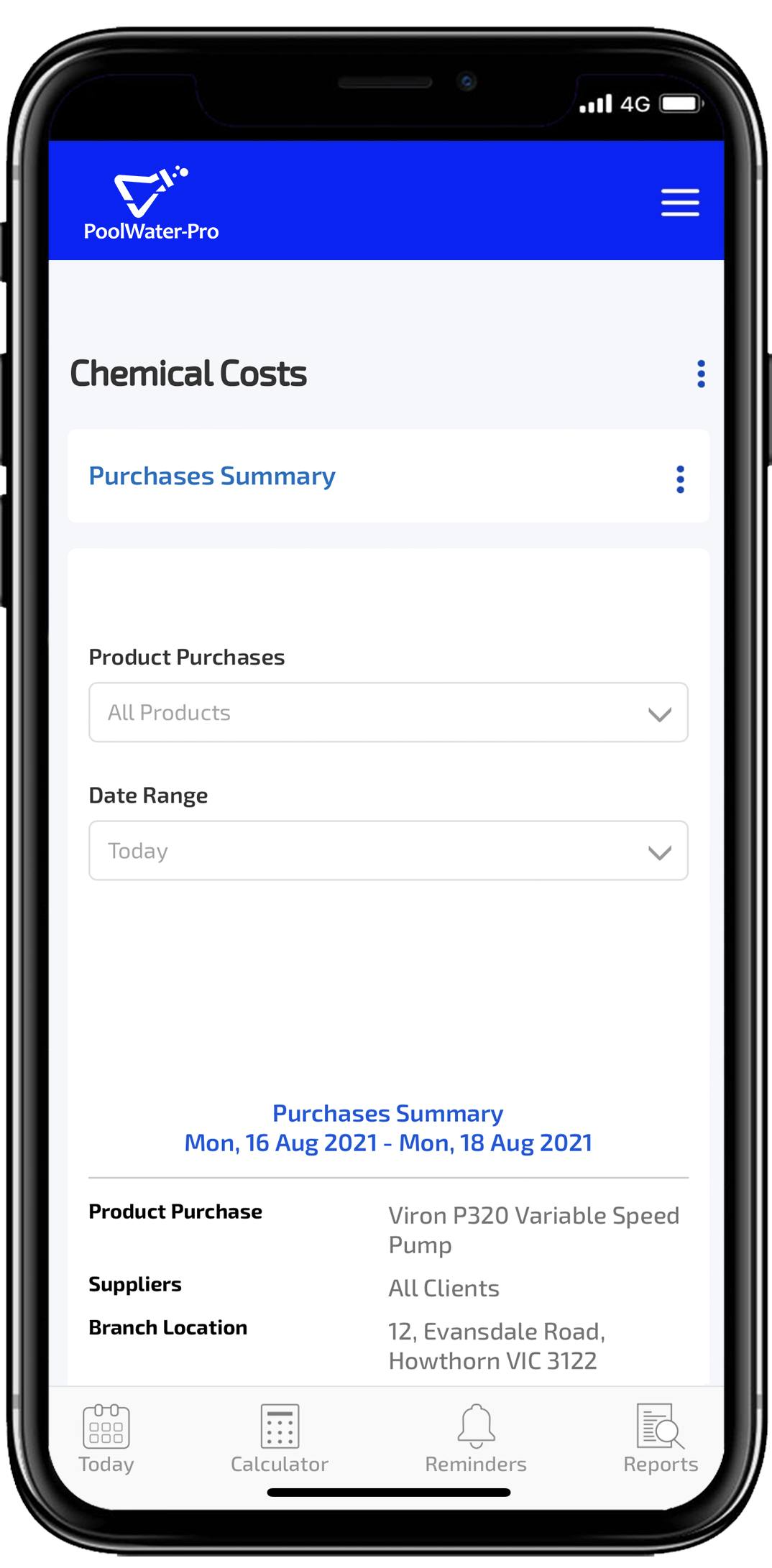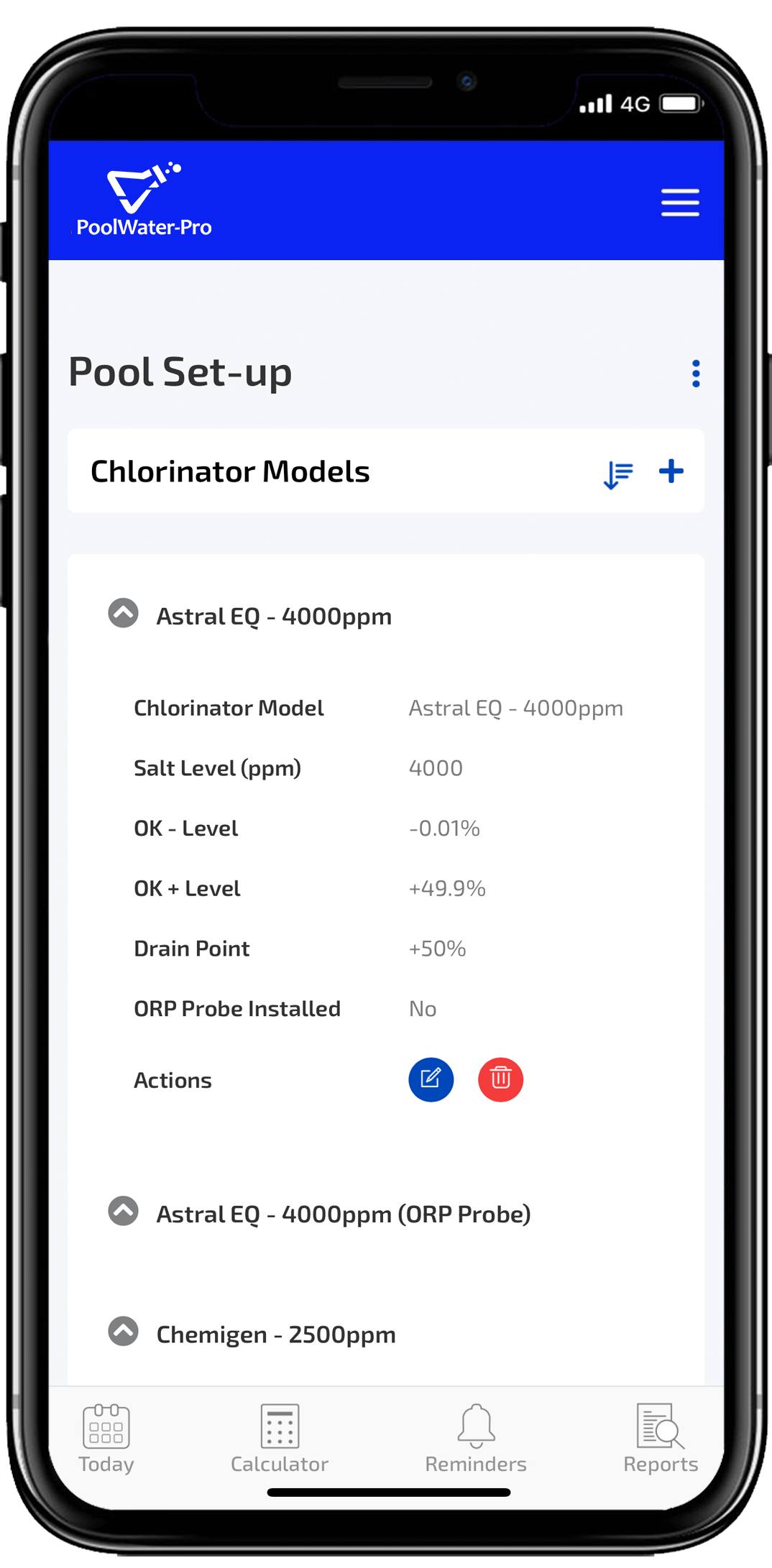How to Lower pH in Your Pool?
pH is a symbol used for “Potential of Hydrogen”, which measures the acidity or alkalinity of a solution. Keeping your pool’s pH level balanced is required for maintaining a clean, comfortable and safe swimming environment. The ideal pH range for pool water is between 7.2 and 7.8. If your pool’s pH is too high, it can lead to issues like cloudy water, scaling and reduce chlorine’s usefulness.
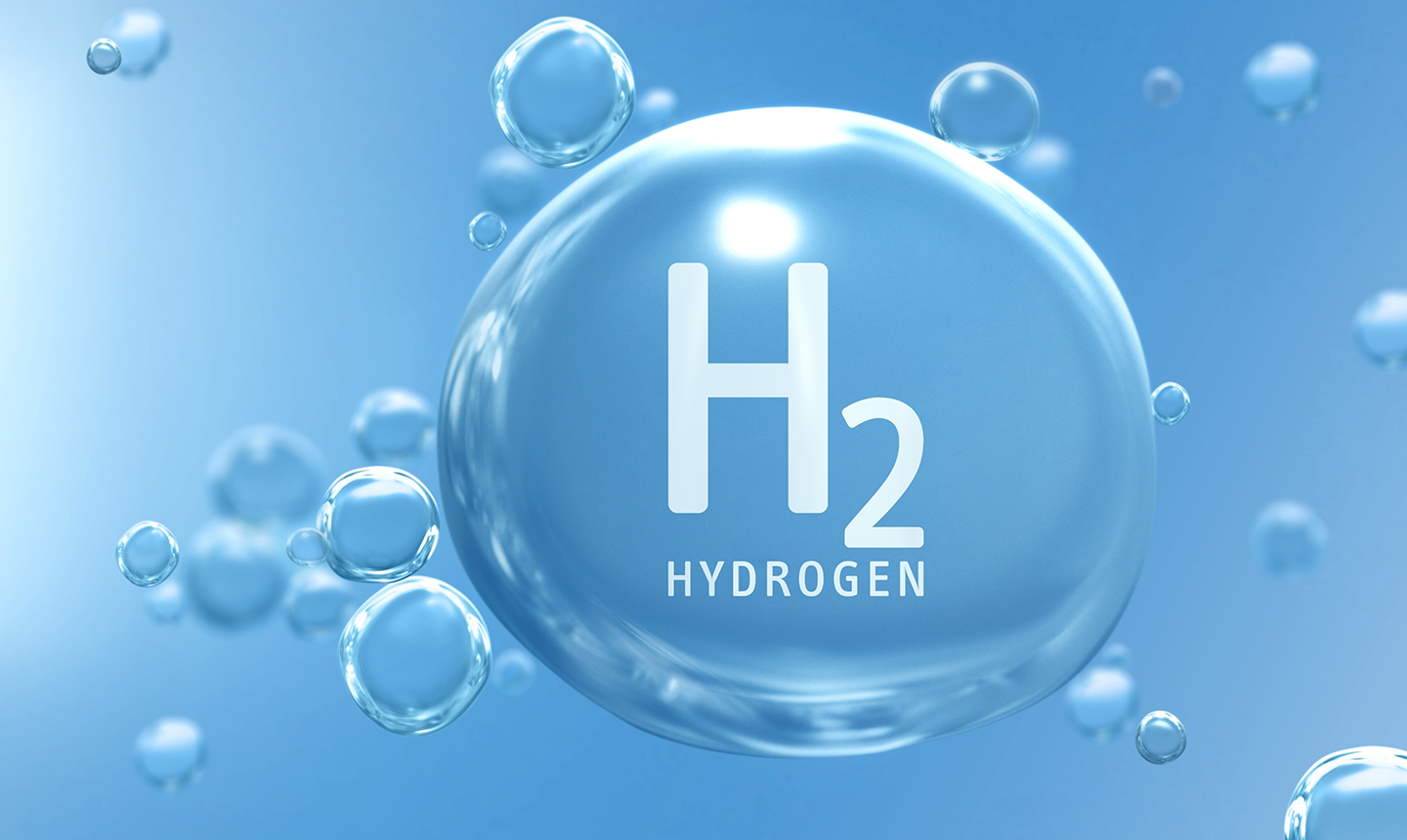
- How pH Levels Affect Your Pool
- Steps to Lowering pH in Your Pool
- Regular Pool Maintenance
- Troubleshooting pH Issues
How pH Levels Affect Your Pool
A pH level of 7.0 is neutral, with anything above 7.0 being alkaline and everything below is acidic.
A pH above 7.8 is considered too high for swimming pools.
High pH can reduce chlorine’s efficacy, cause scaling on pool surfaces, lead to cloudy water and irritate your skin & eyes.
This imbalance makes the pool feel uncomfortable for swimmers and can cause longer term damage, potentially leading to costly repairs.
Reduced Chlorine Effectiveness
When pH levels are too high, chlorine becomes less effective at sanitising the water, allowing bacteria and other harmful organisms to grow.
This increases the risk of waterborne illnesses and health problems for swimmers.
Scaling & Deposits
Alkaline water can lead to calcium and other minerals building-up and forming deposits on the pool’s surface and equipment.
Cloudy Water
High pH can make the water become cloudy as minerals settle out of solution.
This cloudiness may reduce visibility underwater, which may pose a safety risk.
Skin and Eye Irritation
Water with high pH can cause irritation to swimmer’s eyes and skin.
It can feel harsh and uncomfortable, leading to symptoms like itchiness, redness and dryness.
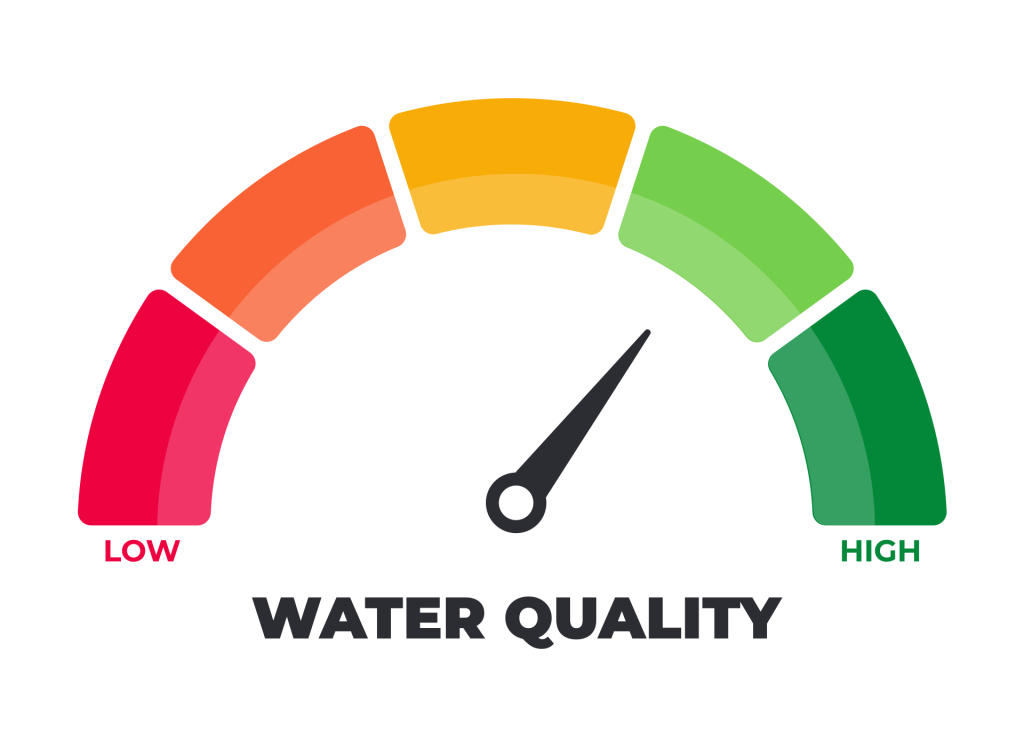
Steps to Lowering pH in Your Pool
Follow the steps below to reduce your pH levels effectively.
Test the Water
Start by testing your pool water to determine the current pH level.
Use test strips or a reliable pool test kit to regularly check the water.
This helps you monitor changes and make timely adjustments.
Use a pH Reducer
Use a pH reducer to lower the pH, which is usually hydrochloric acid (muriatic acid) or sodium bisulphate (dry acid).
Hydrochloric acid (muriatic acid) is a strong acid that lowers pH but should be handled with care due to its corrosive nature.
Sodium bisulphate is a safer product that’s commonly known as dry acid.
Dry acid is easier to handle but costs a little more than hydrochloric acid (muriatic acid).
Using Hydrochloric Acid
Read Manufacturer Instructions
- Follow the product instructions to determine the correct dosage amount for your pool size and the current pH level.
Add the Acid
- Slowly add the acid to the deep end of the pool while the pump is running.
- This helps for the acid to mix evenly throughout your pool.
Wait & Re-test
- Allow the acid to circulate for a few hours.
- Re-test the pH and add more if needed.
Using Sodium Bisulphate
Measure the Amount
- Check the product instructions for how much to use, based on your pool’s volume and pH reading.
Add the Powder
- Sprinkle the sodium bisulphate across the pool surface while the pump is on.
Circulate and Re-test
- Let the pool pump to run for a minimum of 3-4 hours, then re-test the pH and adjust if needed.
Balance Alkalinity
Total alkalinity affects pH levels, with ideal alkalinity being between 80 and 120 ppm.
If alkalinity is high, it can make it more difficult to lower the pH level.
Adjust the alkalinity first if needed, using the same acids, but follow the specific dosage guidelines for lowering alkalinity.
Understand that lowering alkalinity will also lower pH.
Avoid reducing pH below 7.0 as it’s not safe for swimming and may damage pool surfaces or equipment.
If in doubt, consult a pool professional.
Use a Pool Cover
Covering your pool when it’s not in use can help maintain chemical balance, including pH.
A cover can help reduce the amount of debris and other contaminants that enter the pool.
A cover also minimises evaporation, which can affect pH levels.

Regular Pool Maintenance
Consistent maintenance helps to minimise pH imbalances.
Cleaning the Pool
Regularly remove debris so it doesn’t affect the water chemistry.
Check Water Levels
Ensure the water level is correct to avoid concentration of chemicals.
Brushing & Vacuuming
Brush and vacuum the pool to minimise particle build-up that can affect pH levels.
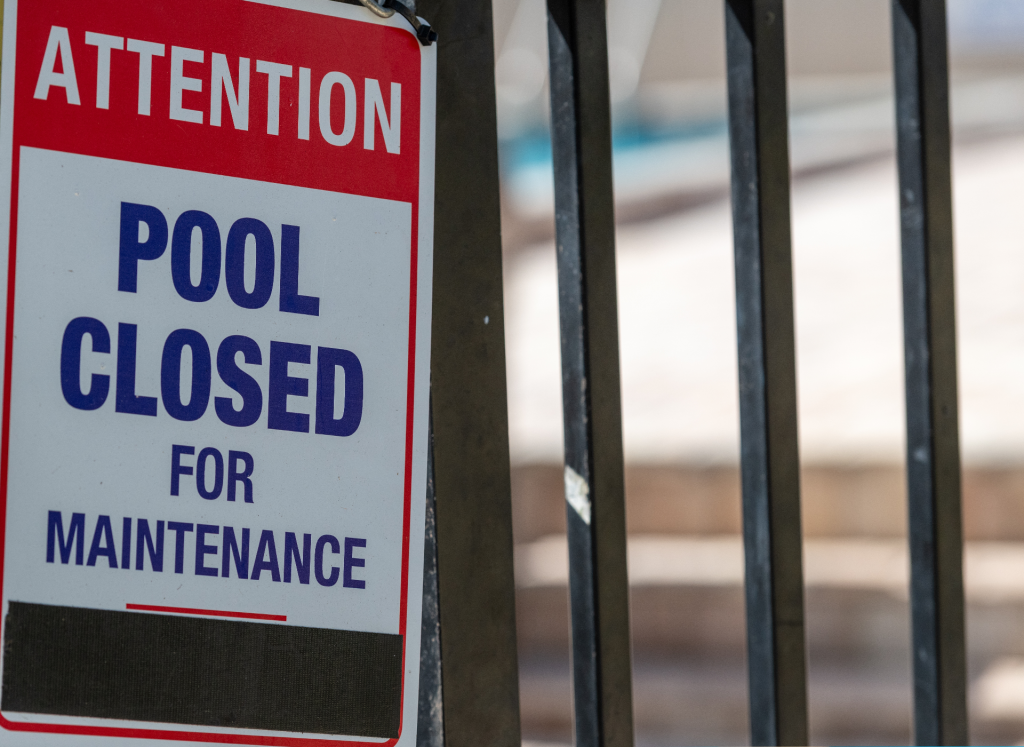
Troubleshooting pH Issues
If adjusting the pH doesn’t seem to work, consider the following and make necessary adjustments.
Check for Errors
Make sure you’re using the correct amounts of chemicals based on your pool volume.
Verify that your testing equipment provides accurate pH readings.
High Pool Usage
High bather load or organic matter can affect pH levels.
Adjust your cleaning routine or reduce pool usage if necessary.
Inspect Equipment
Make sure that your pool equipment is working properly and not affecting water chemistry.
If problems persist, consult a pool professional for expert advice.
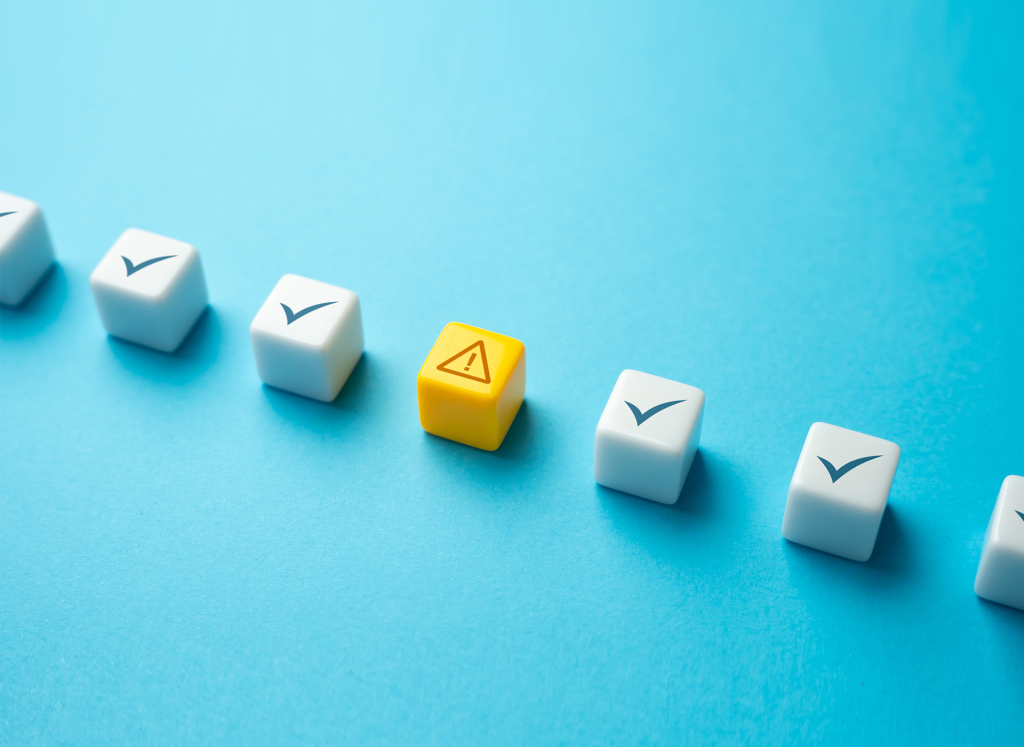
A pH level of 7.0 is neutral, with anything above 7.0 being alkaline and everything below is acidic.
A pH above 7.8 is considered too high for swimming pools.
High pH can reduce chlorine’s efficacy, cause scaling on pool surfaces, lead to cloudy water and irritate your skin & eyes.
This imbalance makes the pool feel uncomfortable for swimmers and can cause longer term damage, potentially leading to costly repairs.
Reduced Chlorine Effectiveness
When pH levels are too high, chlorine becomes less effective at sanitising the water, allowing bacteria and other harmful organisms to grow.
This increases the risk of waterborne illnesses and health problems for swimmers.
Scaling & Deposits
Alkaline water can lead to calcium and other minerals building-up and forming deposits on the pool’s surface and equipment.
Cloudy Water
High pH can make the water become cloudy as minerals settle out of solution.
This cloudiness may reduce visibility underwater, which may pose a safety risk.
Skin and Eye Irritation
Water with high pH can cause irritation to swimmer’s eyes and skin.
It can feel harsh and uncomfortable, leading to symptoms like itchiness, redness and dryness.
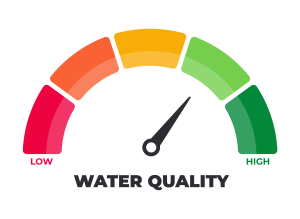
Follow the steps below to reduce your pH levels effectively.
Test the Water
Start by testing your pool water to determine the current pH level.
Use test strips or a reliable pool test kit to regularly check the water.
This helps you monitor changes and make timely adjustments.
Use a pH Reducer
Use a pH reducer to lower the pH, which is usually hydrochloric acid (muriatic acid) or sodium bisulphate (dry acid).
Hydrochloric acid (muriatic acid) is a strong acid that lowers pH but should be handled with care due to its corrosive nature.
Sodium bisulphate is a safer product that’s commonly known as dry acid.
Dry acid is easier to handle but costs a little more than hydrochloric acid (muriatic acid).
Using Hydrochloric Acid
Read Manufacturer Instructions
- Follow the product instructions to determine the correct dosage amount for your pool size and the current pH level.
Add the Acid
- Slowly add the acid to the deep end of the pool while the pump is running.
- This helps for the acid to mix evenly throughout your pool.
Wait & Re-test
- Allow the acid to circulate for a few hours.
- Re-test the pH and add more if needed.
Using Sodium Bisulphate
Measure the Amount
- Check the product instructions for how much to use, based on your pool’s volume and pH reading.
Add the Powder
- Sprinkle the sodium bisulphate across the pool surface while the pump is on.
Circulate and Re-test
- Let the pool pump to run for a minimum of 3-4 hours, then re-test the pH and adjust if needed.
Balance Alkalinity
Total alkalinity affects pH levels, with ideal alkalinity being between 80 and 120 ppm.
If alkalinity is high, it can make it more difficult to lower the pH level.
Adjust the alkalinity first if needed, using the same acids, but follow the specific dosage guidelines for lowering alkalinity.
Understand that lowering alkalinity will also lower pH.
Avoid reducing pH below 7.0 as it’s not safe for swimming and may damage pool surfaces or equipment.
If in doubt, consult a pool professional.
Use a Pool Cover
Covering your pool when it’s not in use can help maintain chemical balance, including pH.
A cover can help reduce the amount of debris and other contaminants that enter the pool.
A cover also minimises evaporation, which can affect pH levels.

Consistent maintenance helps to minimise pH imbalances.
Cleaning the Pool
Regularly remove debris so it doesn’t affect the water chemistry.
Check Water Levels
Ensure the water level is correct to avoid concentration of chemicals.
Brushing & Vacuuming
Brush and vacuum the pool to minimise particle build-up that can affect pH levels.
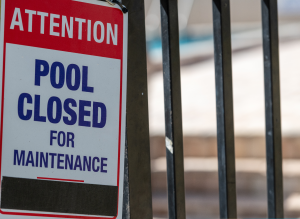
If adjusting the pH doesn’t seem to work, consider the following and make necessary adjustments.
Check for Errors
Make sure you’re using the correct amounts of chemicals based on your pool volume.
Verify that your testing equipment provides accurate pH readings.
High Pool Usage
High bather load or organic matter can affect pH levels.
Adjust your cleaning routine or reduce pool usage if necessary.
Inspect Equipment
Make sure that your pool equipment is working properly and not affecting water chemistry.
If problems persist, consult a pool professional for expert advice.
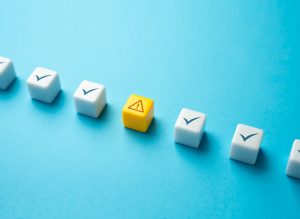
Introducing Effective Solutions
Simplify your pool maintenance routine with POOLWATER-PRO. Our software turns test-strips into accurate digital readings, right from your phone. Get instant alerts to know if your pool is safe to swim, plus any chemicals needed.
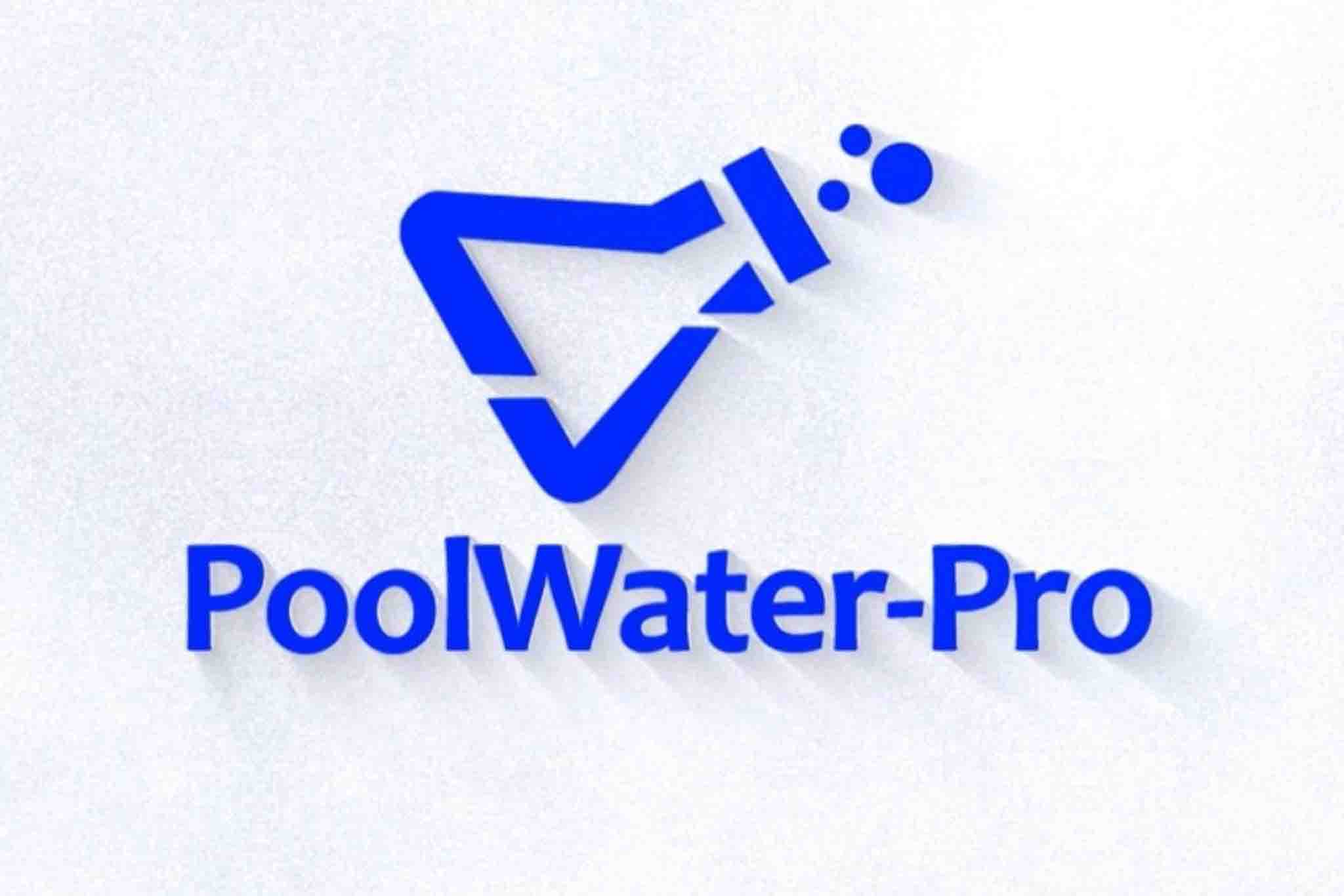
Introducing Effective Solutions
Simplify your pool maintenance routine with POOLWATER-PRO. Our software turns test-strips into accurate digital readings, right from your phone. Get instant alerts to know if your pool is safe to swim, plus any chemicals needed.

Your Path to Clarity
Watch this quick explainer video to see the platform’s features and how it can make pool care hassle-free.
Watch this quick explainer video to see the platform’s features and how it can make pool care hassle-free.




